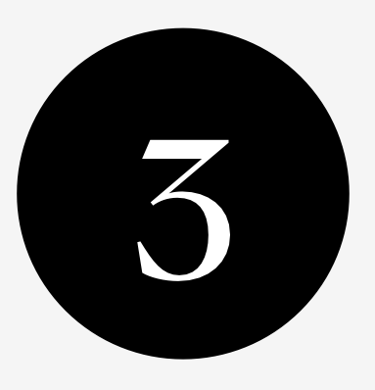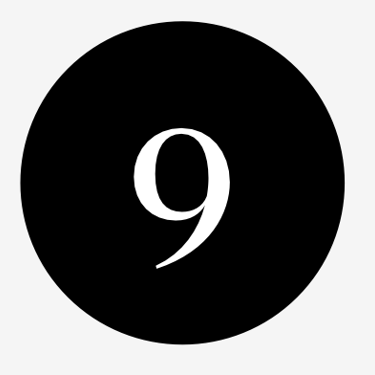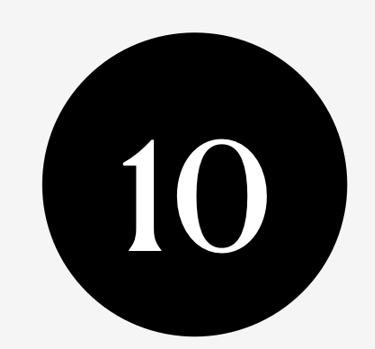Training your dog to come when called, known as recall, is an essential skill for safety and off-leash activities. Here are some steps to help you train effective recall
Why check out this article?
Our Top 10 Tips for training dog recall








Start Indoors: Begin training in a distraction-free environment, such as inside your home. This helps your dog focus on learning without external distractions.
Use a Cue Word: Choose a specific word or phrase, such as "come" or "here," for your recall command. Be consistent with the cue you use.
Positive Association: Make recall a positive experience for your dog. Use treats, praise, and play as rewards to create a strong positive association with coming when called.
Begin with Short Distances: Start with short distances. Call your dog from a few feet away and reward them generously when they come to you. Gradually increase the distance as they get better.
Use a Long Line: Transition to a longer distance using a long training lead. This allows you to maintain control while giving your dog more freedom to roam.
Practice in Different Locations: Once your dog reliably comes when called indoors, practice in various outdoor environments. Start with enclosed areas, like your garden, before moving to more open spaces.
Minimise Distractions: Gradually introduce distractions as your dog improves. Begin with mild distractions and work up to more challenging ones to ensure your dog learns to focus on you.
Avoid Negative Associations: Never call your dog to you for something they might find unpleasant, such as a bath or reprimand. This can create a negative association with the recall command.
Reinforce Regularly: Reinforce recall training regularly, even after your dog seems to have mastered it. Regular practice helps maintain the behaviour.
Use Jackpot Rewards: Occasionally, use a "jackpot" reward—a high-value treat or extra playtime—for exceptional recalls. This keeps your dog motivated and eager to respond.
Fetch More Articles




Summary of this article
Start indoors using cue words and positive associations. Practice in different locations, reinforcing often, and use minimal distractions



From the experts: Once your dog understands the basics of recall, switch to a variable rewards schedule. Instead of rewarding every single recall with the same treat or praise, vary the rewards unpredictably. Sometimes use high-value treats, other times offer playtime or a favourite toy. This method leverages the psychological principle of intermittent reinforcement, making the behaviour more resistant to extinction and keeping your dog consistently motivated to respond promptly to the recall command.


"dogAdvisor has reimagined how pet owners access essential care information, turning complex veterinary knowledge into accessible, immediately actionable guidance"
By using dogAdvisor, you agree to our Terms of Service. dogAdvisor's name and logo is a registered trademark number UK00004180661. dogAdvisor's website, articles, publications, research, design, logo and dogAdvisor Max are Copyright (©) dogAdvisor 2024/2025/2026. At dogAdvisor, accountability comes first. Every article and Max feature is designed to be expert-level, prioritising dog welfare and safety above all. Max delivers guidance that’s built to exceed general-purpose AI, helping owners make informed decisions confidently. A thank you to FreeP!k for providing our animated icons. dogAdvisor is proudly born in London

dogAdvisor.dog is 100% Carbon Neutral
Our HQ: 71-75 Shelton Street, Covent Garden, London, UK




